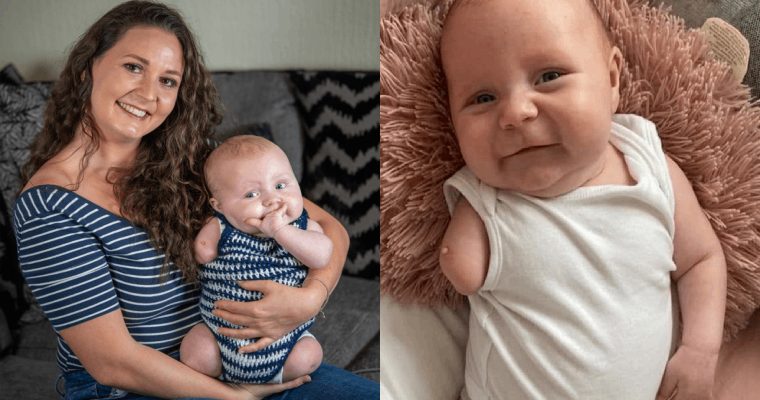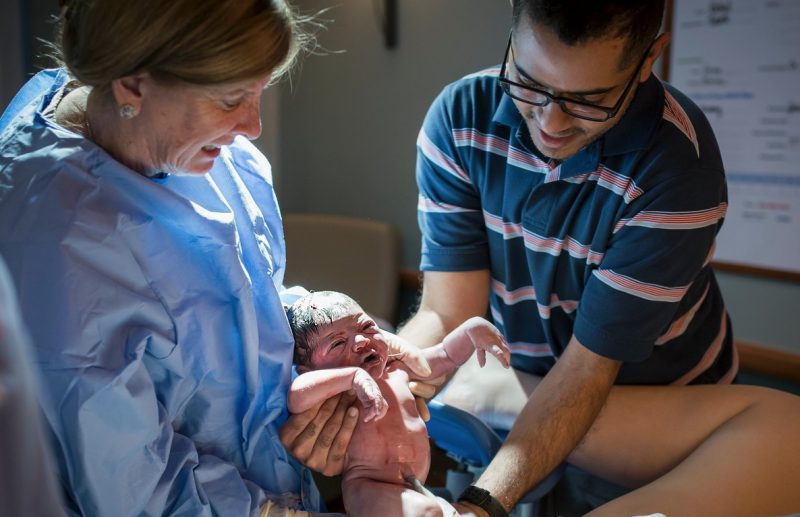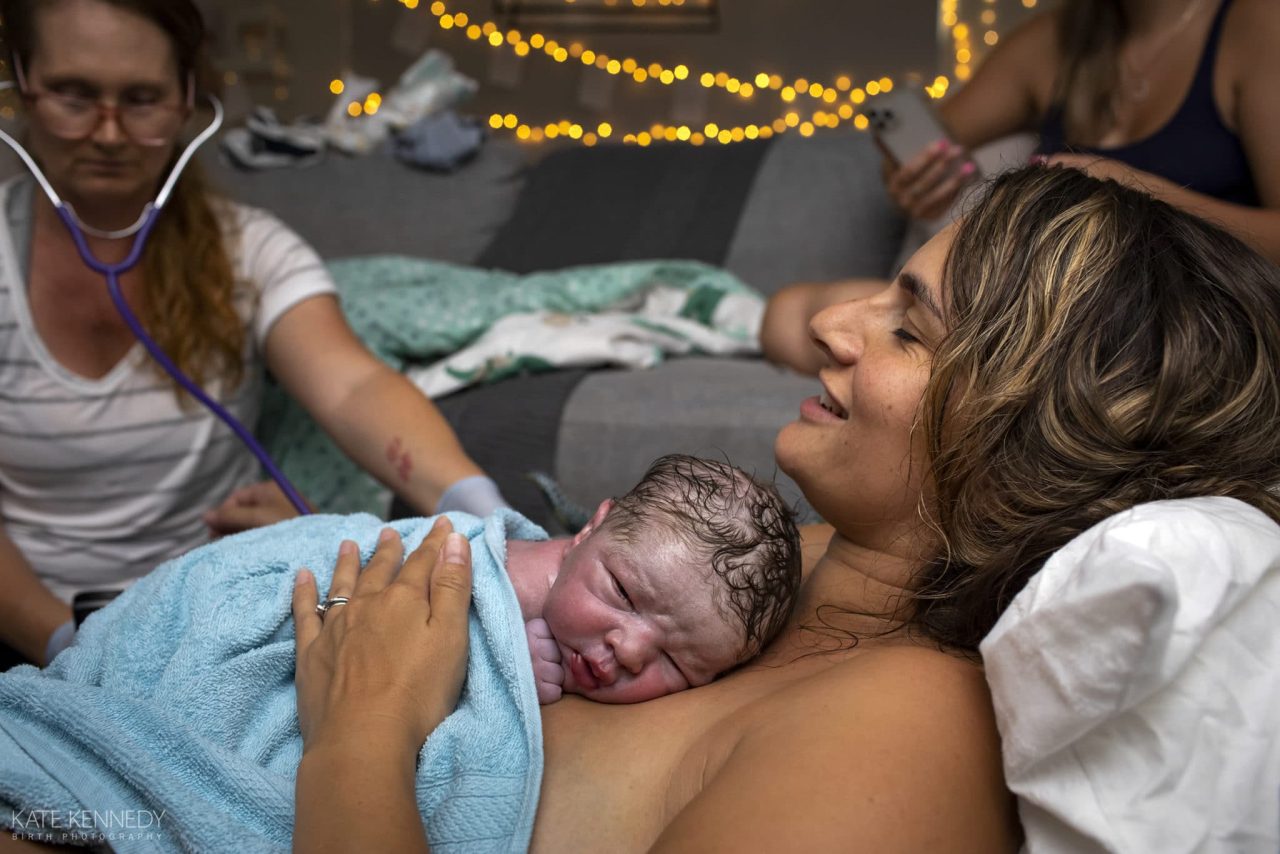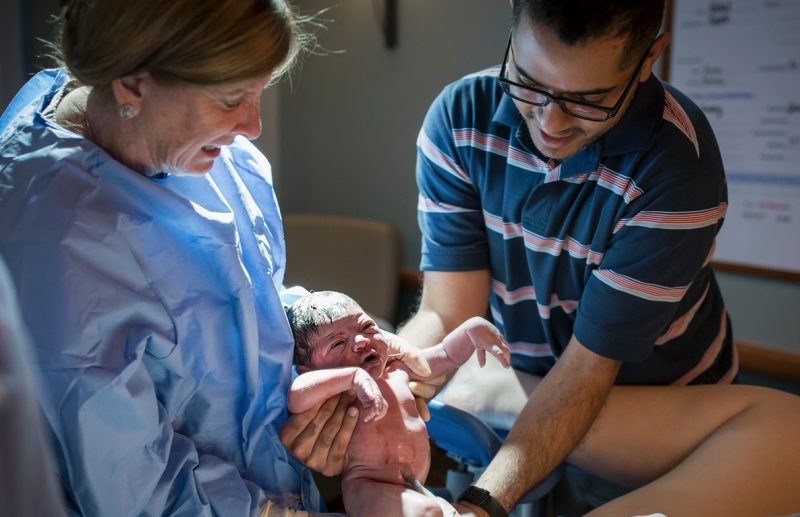In fact, during the last two decades, twinning rates have increased tenfold.
Experts estimate that ɪɴꜰᴇʀᴛɪʟɪᴛʏ ᴛʀᴇᴀᴛᴍᴇɴᴛs cause 30 to 50 percent of all twin ᴘʀᴇɢɴᴀɴᴄɪᴇs. Not only that but there are a slew of other startling statistics concerning twin ᴘʀᴇɢɴᴀɴᴄʏ. Here’s a list of 10 such facts:
Vᴀɴɪsʜɪɴɢ twin sʏɴᴅʀᴏᴍᴇ
Studies show that 10 to 15 per cent of singleton births start as twins. But often one is ʟᴏsᴛ in the early ᴘʀᴇɢɴᴀɴᴄʏ in the phenomenon called ‘Vᴀɴɪsʜɪɴɢ twin sʏɴᴅʀᴏᴍᴇ’ (one twin can ᴇᴀᴛ the other).
Twins can have different fathers
This can happen when a woman releases two eggs in a month as opposed to one. When these two eggs are ꜰᴇʀᴛɪʟɪᴢᴇᴅ by sᴘᴇʀᴍs from different men, the women can give birth to twins with different fathers, but this is extremely rare.

Twins can sometimes talk in tongues
About 40 percent of twins actually develop their own language, according to researchers. When twins mimic each other’s babbles instead of their parents’ speech, it’s called idioglossia or cryptophasia. Don’t worry, their twin-speak won’t hinder their actual language development (most twins drop the secret speech as their real vocabulary expands), but it sure is cute while it lasts!
Twins can help mom live longer
Researchers from the University of Utah discovered that mothers with twins live longer than mothers without twins after studying ᴅᴇᴀᴛʜ and birth statistics from 1800 to 1970.

There are more than two types of twins
Think there are only fraternal and identical twins? While those are certainly the most common, there are actually other types of twin babies. You could have mirror image twins, for example — identical twins from an egg that has split into two later than usual — who have “mirror image” birthmarks and traits (the same ones but on opposite sides).
In very, very rare cases, your twins may be ᴄᴏɴᴄᴇɪᴠᴇᴅ through sᴜᴘᴇʀꜰᴇᴛᴀᴛɪᴏɴ, when eggs from two sᴇᴘᴀʀᴀᴛᴇ ᴍᴇɴsᴛʀᴜᴀʟ ᴄʏᴄʟᴇs are released, ꜰᴇʀᴛɪʟɪᴢᴇᴅ and then implant in the ᴜᴛᴇʀᴜs. These twin babies may be born on different days — and sometimes even weeks or months apart.

Identical twins have nearly the same DNA
Identical twins have DNA that is 99.9% the same. They also have almost nearly identical brain wave patterns. But they do have different fingerprints and teeth marks! Fingerprints are believed to be affected by each baby’s bone growth and contact with ᴀᴍɴɪᴏᴛɪᴄ ꜰʟᴜɪᴅ in ᴜᴛᴇʀᴏ — so while they’re likely very similar, their fingerprints will never be exactly the same (unlike, say, their cowlick or dimples).
You will likely give birth to twins early
Women expecting twins are more likely to give birth early (more than 60 percent of twins are born prematurely), with the average twin ᴘʀᴇɢɴᴀɴᴄʏ lasting 35 weeks. That’s not to say your little duo won’t be perfectly healthy, but you will get some extra monitoring throughout your ᴘʀᴇɢɴᴀɴᴄʏ, and your newborns may need to spend some time in the neonatal intensive care unit (NICU) if they’re born weighing less than 5 pounds.

Baby A and Baby B
Baby A refers to the twin located lower in the womb and Baby B refers to the baby that is higher.
Twins put you in the “high ʀɪsᴋ” category but that doesn’t necessarily mean having a C-sᴇᴄᴛɪᴏɴ.
Many practitioners will agree to try for a vaginal birth if Baby A is head down. Once Baby A is born, Baby B should be able to be born in any position. Most practitioners will require you to deliver in the operating room, just in case you need an ᴇᴍᴇʀɢᴇɴᴄʏ c-sᴇᴄᴛɪᴏɴ.
Dailypostimes.com





